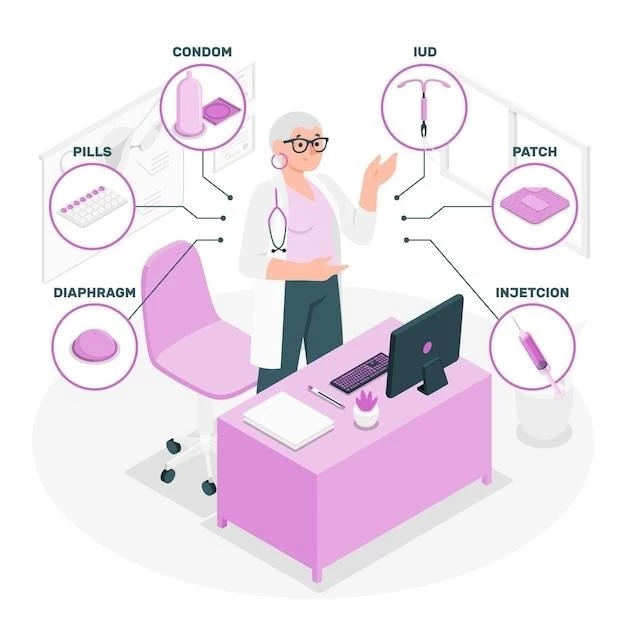Introduction
Ulerythema ophryogenesis is a rare cutaneous atrophic disorder associated with Noonan syndrome, characterized by inflammatory facial papules leading to scars, atrophy, and alopecia.
Overview of Ulerythema Ophryogenesis
Ulerythema ophryogenesis, also known as keratosis pilaris atrophicans faciei, is characterized by inflammatory keratotic papules on the face leading to scars, atrophy, and alopecia. It is a rare cutaneous disorder often associated with Noonan syndrome and other genetic conditions like de Lange syndrome and Rubinstein-Taybi syndrome. Typically affecting children and young adults, this condition presents with erythema and hyperkeratosis of hair follicles resulting in rough papules.
Clinical Presentation
Ulerythema ophryogenesis presents with inflammatory keratotic papules on the face leading to scars, atrophy, and alopecia, especially affecting children and young adults.
Symptoms of Ulerythema Ophryogenesis
The symptoms of ulerythema ophryogenesis include inflammatory keratotic papules on the face, scarring, atrophy, and alopecia. Typically affecting children and young adults, this rare condition leads to rough papules due to erythema and hyperkeratosis.
Case Studies and Patient Examinations
Ulerythema ophryogenesis has been studied in patients, with cases showing inflammatory keratotic papules on the face, scarring, atrophy, and alopecia. Examination in these cases reveals rough papules due to erythema and hyperkeratosis affecting the hair follicles.
Diagnosis and Differential Diagnosis
Diagnosing ulerythema ophryogenesis involves identifying inflammatory keratotic papules on the face, distinguishing them from other cutaneous conditions with similar symptoms.
Identification of Ulerythema Ophryogenesis
Ulerythema ophryogenesis, a rare cutaneous disorder, is characterized by inflammatory keratotic papules on the face, leading to scars, atrophy, and alopecia. It is often associated with Noonan syndrome, de Lange syndrome, and Rubinstein-Taybi syndrome, mainly affecting pediatric patients.
Comparison with Other Cutaneous Disorders
Ulerythema ophryogenesis differs from other cutaneous conditions by its presentation of inflammatory keratotic papules on the face, leading to scars, atrophy, and alopecia. This distinctiveness aids in the differentiation from conditions with similar symptoms.

Causes and Risk Factors
The causes of Ulerythema ophryogenesis are often linked to genetic conditions like Noonan syndrome, de Lange syndrome, Rubinstein-Taybi syndrome, and cardiofaciocutaneous syndrome. Environmental factors may also play a role.
Genetic Associations with Ulerythema Ophryogenesis
Ulerythema ophryogenesis is often associated with genetic conditions such as Noonan syndrome, de Lange syndrome, Rubinstein-Taybi syndrome, and cardiofaciocutaneous (CFC) syndrome. The pathogenesis of this rare cutaneous disorder primarily affects pediatric patients, with specific genetic causes suggested in research.
Environmental and Lifestyle Factors
While genetic conditions like Noonan syndrome, de Lange syndrome, Rubinstein-Taybi syndrome, and cardiofaciocutaneous syndrome are linked to ulerythema ophryogenesis, environmental and lifestyle factors may also contribute to the development of this rare cutaneous disorder.
Pathophysiology
Ulerythema ophryogenesis is a rare cutaneous disorder characterized by inflammatory keratotic facial papules leading to scars, atrophy, and alopecia, often linked to genetic conditions like Noonan syndrome.
Mechanisms Underlying Ulerythema Ophryogenesis
The mechanisms behind ulerythema ophryogenesis involve a rare cutaneous disorder associated with Noonan syndrome, de Lange syndrome, Rubinstein-Taybi syndrome, and cardiofaciocutaneous syndrome. While the pathogenesis remains unclear, the disorder primarily affects pediatric patients, with genetic causes suggested in research.
Association with Noonan Syndrome and Other Syndromes
Ulerythema ophryogenesis is a rare cutaneous disorder that can be associated with Noonan syndrome, de Lange syndrome, Rubinstein-Taybi syndrome, and cardiofaciocutaneous syndrome. The pathology primarily affects the face, presenting with inflammatory keratotic papules that can lead to scarring, atrophy, and alopecia in pediatric patients.

Treatment and Management
Treating ulerythema ophryogenesis may involve gentle exfoliators and creams. Basic skin care can help prevent worsening. Medical treatments may be necessary in some cases.
Current Therapeutic Approaches for Ulerythema Ophryogenesis
Treatment options for ulerythema ophryogenesis may include gentle exfoliators and moisturizing creams to manage symptoms. In some cases, medical interventions might be required to address the condition effectively and improve the skin’s appearance.
Prognosis and Long-Term Care
The prognosis for ulerythema ophryogenesis can vary depending on the severity and individual response to treatment. Long-term care involves consistent skin care to manage symptoms and prevent complications. Regular follow-ups with healthcare providers may be needed for optimal management.
Prevention and Lifestyle Modifications
Preventing ulerythema ophryogenesis involves maintaining good skin care habits and avoiding triggers that may exacerbate the condition. Lifestyle modifications to minimize exposure to potential aggravating factors can help in managing symptoms effectively.
Strategies to Minimize the Risk of Ulerythema Ophryogenesis
To reduce the risk of ulerythema ophryogenesis, individuals can focus on maintaining proper skin care routines and avoiding any potential triggers that may exacerbate the condition. Lifestyle modifications can also play a crucial role in minimizing the risk and managing symptoms effectively.
Importance of Skin Care in Managing Symptoms
Effective skin care is crucial in managing ulerythema ophryogenesis symptoms. Maintaining a consistent skincare routine can help alleviate discomfort and improve the skin’s overall appearance. Regular care and attention to the affected areas play a key role in managing this rare cutaneous condition.
